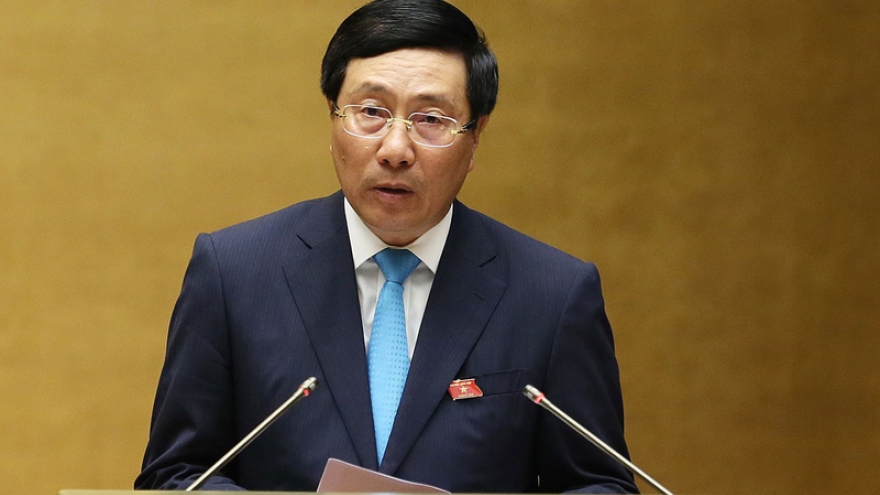Can Vietnam benefit from US-China trade war?
The figures about imports/exports and investments in the first months of the year show that Vietnam did not receive big benefits from the trade war as estimated by some US agencies and media. In fact, the risks remain high.
 |
Of the countries predicted to enjoy benefits from the trade war, Vietnam has an export growth rate of 36 percent, ranking eighth among exporters to the market, though it holds 2.5 percent of market share only. And Vietnam continues to be one of five countries which have a trade surplus with the US.
However, Trang can see noteworthy items in the figures. Phone and phone accessories saw the highest growth rate, 91 percent. However, the US has not imposed a tax on Chinese phone products.
“The reason behind the growth does not lie in the tariff,” Trang said.
Woodwork and wooden furniture have also been cited as enjoying high export growth rate of 35 percent.
According to Trang, it is true that woodwork exports to the US have increased, but exports to other markets have decreased.
Meanwhile, according to the General Statistics Office, the production growth rate and inventory index are not high. These all mean that the benefits for the economy brought by woodwork exports have been insignificant.
Regarding exports to China, analysts once predicted that Vietnam would increase exports to the country. But in fact, these exports have decreased sharply.
Vietnam’s exports to the US in the first five months of the year decreased by 1.4 percent compared with the same period last year, while it increased sharply by 31 percent in the first five months of 2018.
“The prediction that Vietnam’s goods would replace American goods in China did not happen,” Trang concluded.
Meanwhile, Vietnam’s import of products which are being exported by China to the US has increased sharply, by 20 percent, much higher than the 9 percent increase in 2018 compared with 2017.
The influences of the trade war are reflected in the export of products to other markets which has decreased compared with last year. This is partially attributed to a fall in demand.
However, China’s decreases are much lower than Vietnam’s.
Regarding investment, what happens in reality has differed from the original speculation. Investments in Vietnam fell by 9.2 percent in recent months, and only increased slightly, from Hong Kong and Taiwan.



